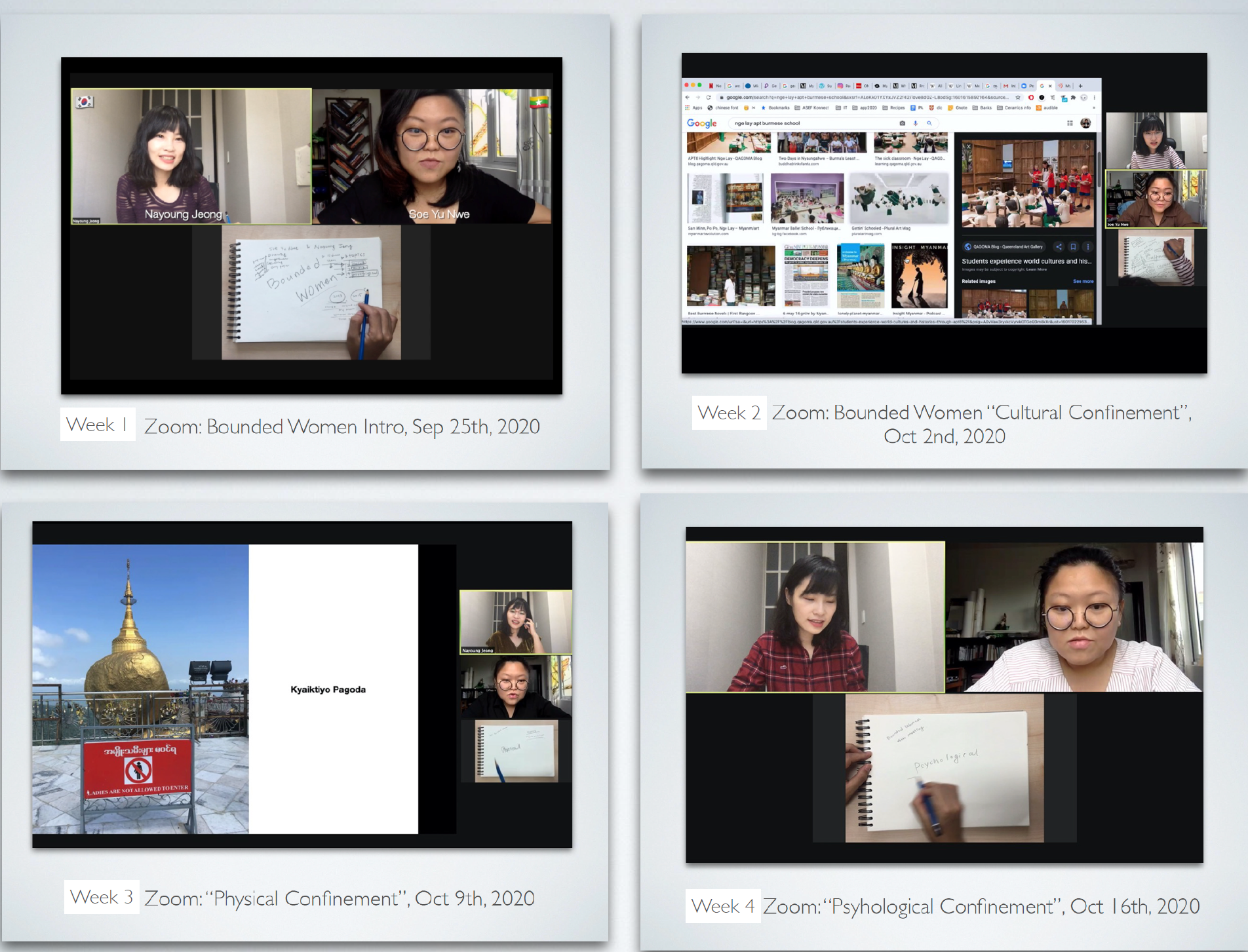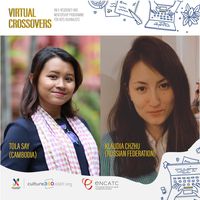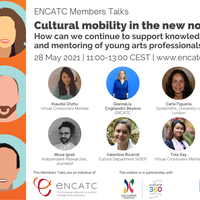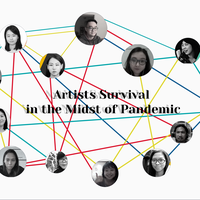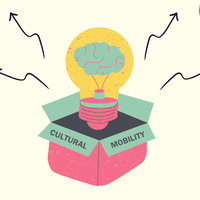Virtual residencies: a new model of exchange beyond the pandemic
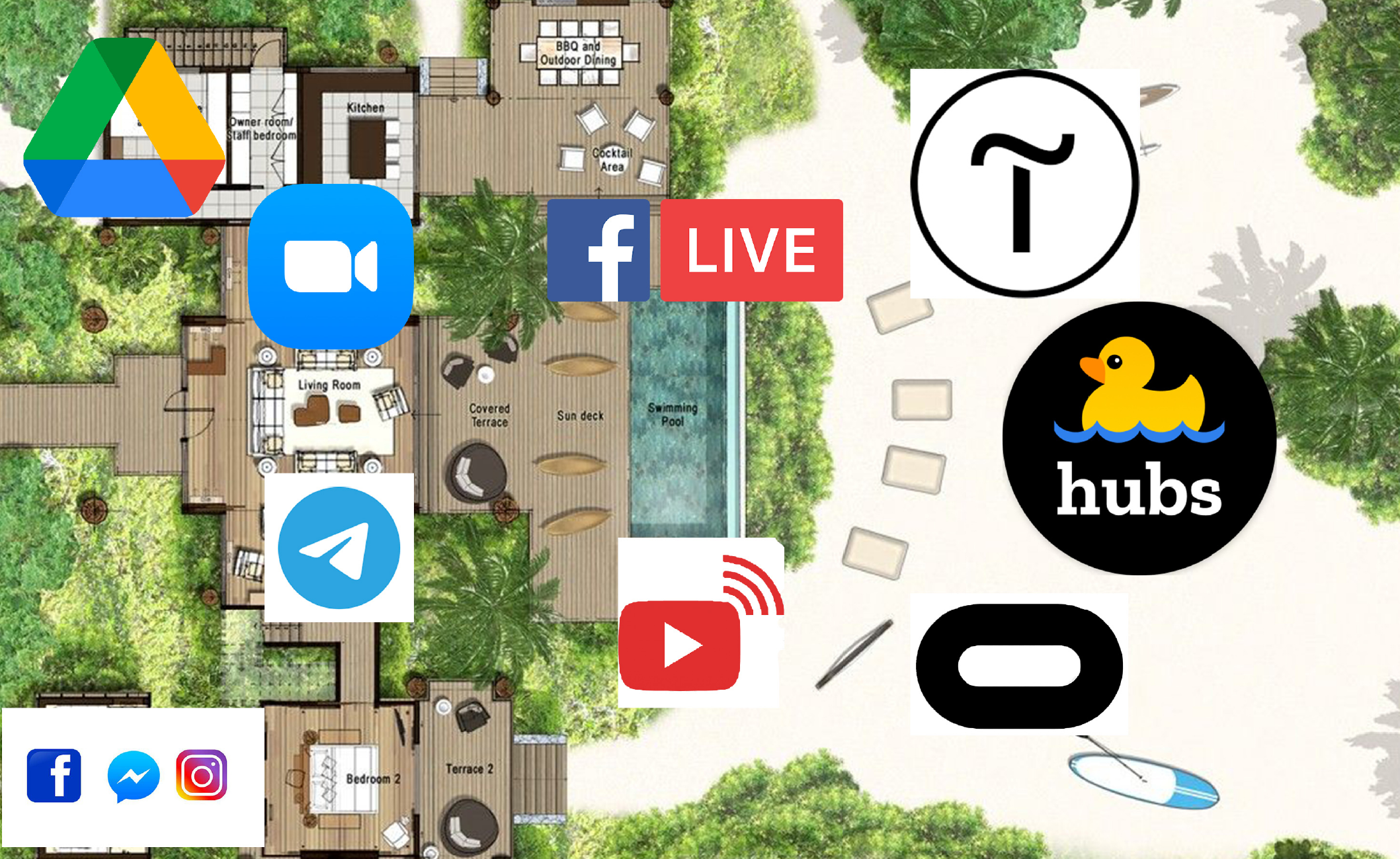
As part of the Resartis General conference 2021 titled Defining the Next Decade, ASEF culture360 moderated a panel on alternative models of arts residencies that have been created since 2020, in response to the global pandemic.
With the on-set of the global pandemic in 2020, residency programmes across the world had to adapt quickly in order to survive. In addition, most residency organisers felt the need to support artists. With restricted or zero mobility, artists and arts practitioners at large have been unable to travel and have felt an increasing sense of isolation. In response, several existing art residencies have transformed to online residencies. More than one year after its on-set, the pandemic is nowhere near its end. What was created as a fast response to the current situation could very well become a new form of collaboration.
Are virtual art residencies here to stay? How will they evolve and adapt beyond the pandemic? How can virtual residencies respond to young artists’ needs? What form should they take and what length? How to factor in issues (e.g., in countries that don’t have good internet access, political instability, etc.) These are some of the questions addressed by the panelists.
From adaptation to innovation
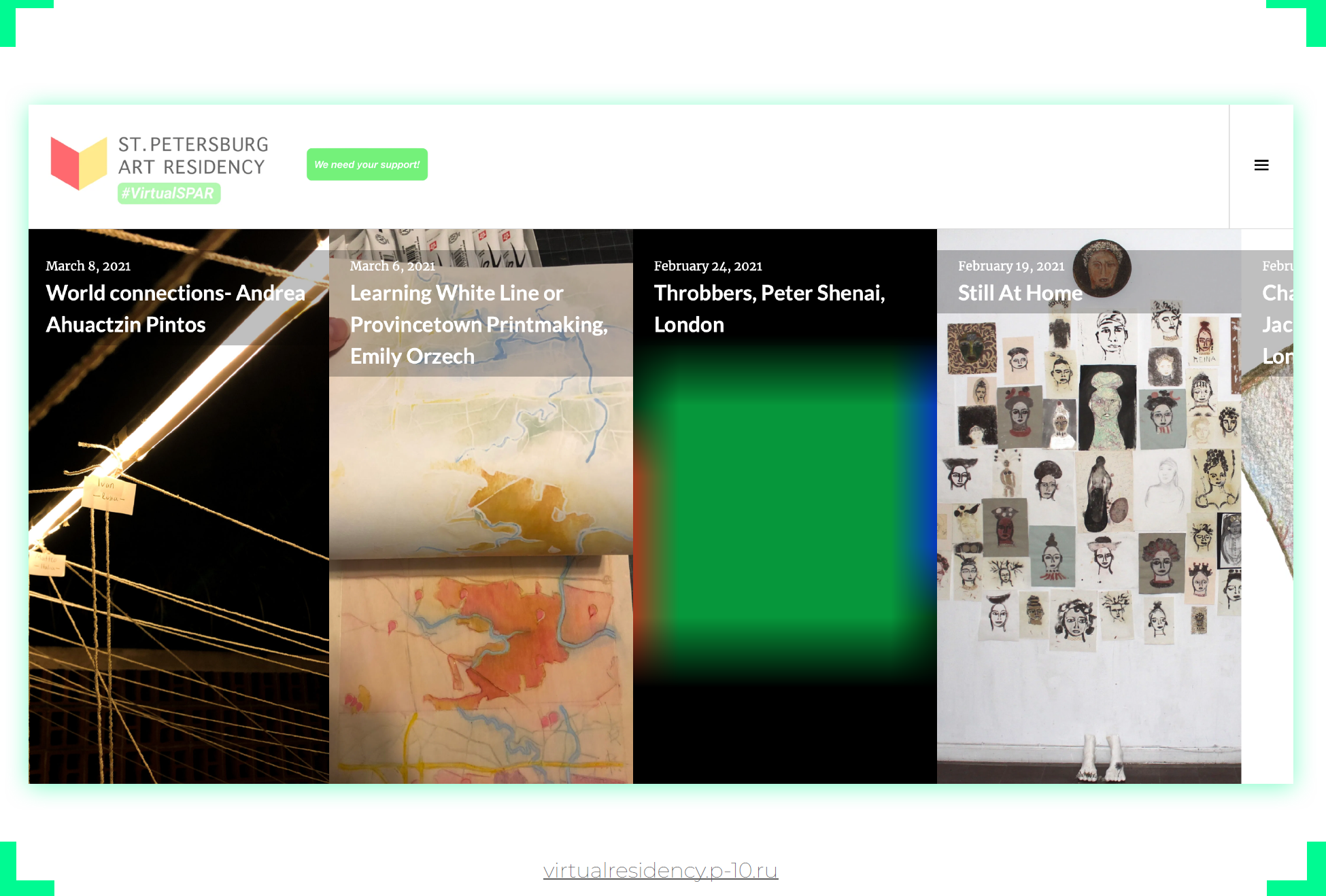
Anastasia Patsey is a curator based in St. Petersburg, Russia. Since 2012 she has directed the St. Petersburg International Art Residency (SPAR), which regularly hosts interdisciplinary art professionals from all over the world. She presented the case study of #VirtualSPAR, an online-based art residency set up in 2020 as a way to “survive and support artists in need”. This online residency, supported among others by Pro Helvetia and British Council, provided artists with a sense of community, but also with concrete financial support as well as curatorial support, networking opportunities through an accessible format. The participation has been from the beginning very high thanks to the online format which made it much more accessible for artists in countries and regions geographically far from St Petersburg.
Anastasia pointed out that Virtual SPAR was never meant to replace the traditional physical residency. However, something that had started as a temporary solution is increasingly becoming a new form of exchange that could very well continue to exist in parallel with the physical residencies. In fact, Anastasia envisions this double format as a new hybrid model of collaboration where analogue and digital co-exist to provide additional creative solutions to artistic exchanges.
Mobility of people – Mobility of ideas

The limitations imposed by the Covid-19 pandemic have allowed also for some interesting new discoveries. It is the case of the Nazar Voitovich Art Residence (NVAIR) in Ukraine, presented by its curator Liudmyla Nychai. An active supporter of public funding for cultural mobility Liudmyla opened NVAIR art residence as a laboratory for testing various formats in 2018. In 2020, with the on-set of the pandemic, she conducted the first virtual programme using 3D Internet tools for virtual exhibitions and online platforms such as Mozilla Hubs, to enhance the virtual collaborative experience. While we are all now used to taking part in online events, NVAIR has gone one step further and offered artists an immersive online 3-dimensional experience, where the artist can feel the space around almost in a physical way. As for #VirtualSPAR, NVAIR’s online format will most probably continue in the future. It will be offered in addition to the physical experience of the traditional residency. This year, through NVAIR, Liudmyla has organised the 1st Digital Art Mobillity Conference with the idea of sharing experiences of successful practices of online residencies. She is hoping to help increase the mobility of ideas in the arts sector, not only for artists but also for local communities, especially in rural areas where the connection with arts and culture is not always easy to access.
Bringing the conviviality to your doorstep

Artistic producer Yoko Negami presented the case of co.iki, an artist residency based in Tokyo, Japan that she initiated because of her interest in the ties between the individual and society, its interdisciplinary processes and coexistence. Putting emphasis on co-living and co-creating, co.iki explores an alternative form of residency designed to build a bridge between art, culture and the wider sciences, connecting artists, experts and professionals. In 2020, the residency turned into ‘remote’ residency, but always with the idea of exploring and sharing the intimacy of each other’s homes.
The sense of conviviality that was the central idea of co.iki continues to this day through the remote residencies. In fact, because of the pandemic, the remote residency has gone much further in exploring “how we could live & work together under this remote condition” to develop our residency ideas.
The point of view of first-time participants in a virtual residency
In addition to presenting case studies of virtual residencies, the panel invited also experiences from the participants of two virtual residencies organised in 2020 and 2021 by ASEF culture360.
Tola Say, an arts journalist from Cambodia, was selected in April for Virtual Crossovers, an e-residency for art writers developed in partnership with ENCATC. She highlighted in her presentation the importance of providing a ‘safe space’ for practice and ideas. We often give for granted the fact that digital access is easy for artists across the world. Tola had to move back to a rural area of Cambodia where her family lives because of the risks created by the pandemic. She quickly realised that internet access was not easy and that often electricity itself was cut because of thunderstorms and heavy rains. This convinced her even more of the importance of the human element, especially when connecting remotely. While she benefited greatly from the support of 2 mentors during her one-month residency, she suggested prolonging the experience and creating longer residencies with different phases of interaction (with mentors but also with peers).
The last presentation was given jointly by Burmese artist Soe Yu Nwe and Korean artist Nayoung Jeong who collaborated as a pair during the virtual residency Virtual360 Konnect, developed in late 2020 by culture360 in partnership with the ASEAN Foundation. While they acknowledged the importance of the residency in lifting the feeling of isolation, they also felt the challenge of working as visual artists without being able to experience the tactile part of the residency. They suggest the use of 3D tools that would allow for a more ‘physical’ experience. They also proposed the idea of a virtual open studio, where artists and mentors can interact for longer periods of time (before and after the residency), allowing for critique opportunities from peer artists but also curators and other arts professionals. The notion of free and safe space for creation was also reinforced.
Overall, the panellists provided concrete examples of how virtual residencies have continued to support artists’ mental health and their need to collaborate and exchange. With artists’ mobility slowly resuming, the online interactions paired with physical face to face encounters seem to be the way forward for artists residencies. Hybrid models which include online and off line experiences in parallel seem to be here to stay.
More information:
Valentina Riccardi is Associate Director of ASEF's Culture Department. She has managed culture360 since 2009.
Similar content
posted on
31 Mar 2021
By Tola SAY
18 May 2021
from - to
28 May 2021 - 28 May 2021
posted on
22 Sep 2022

